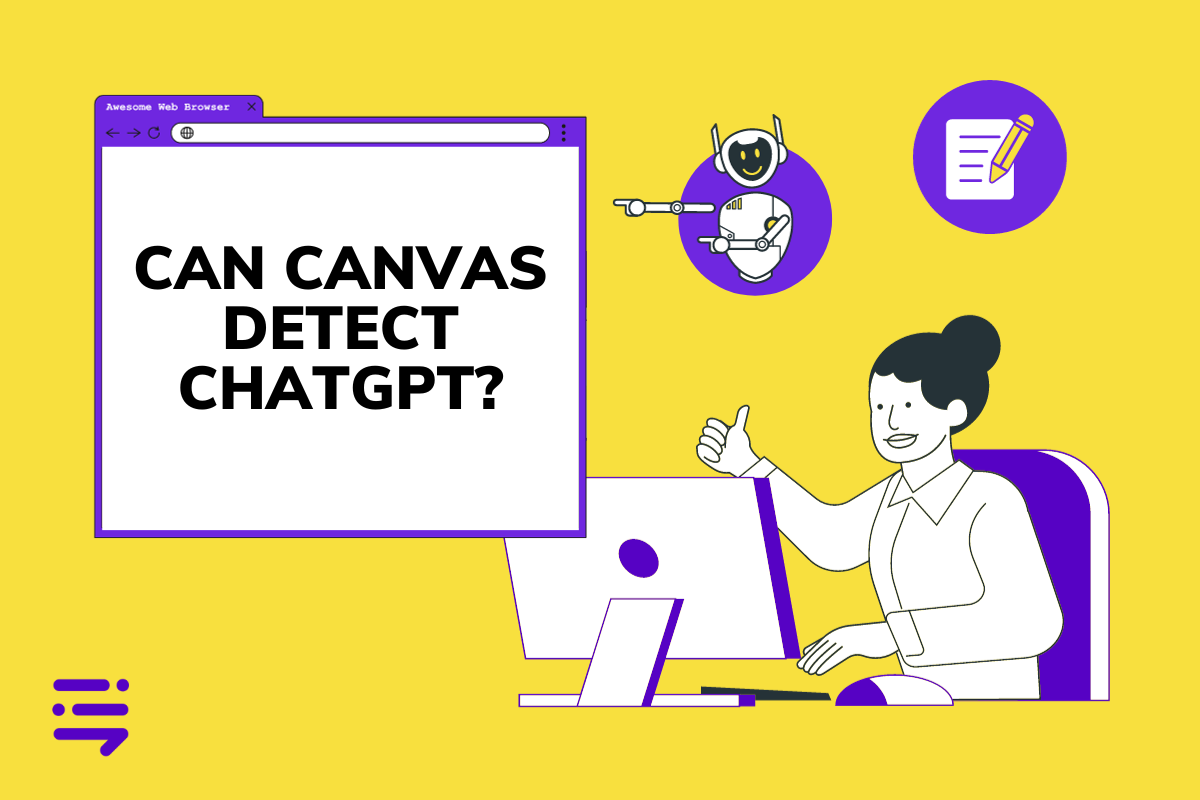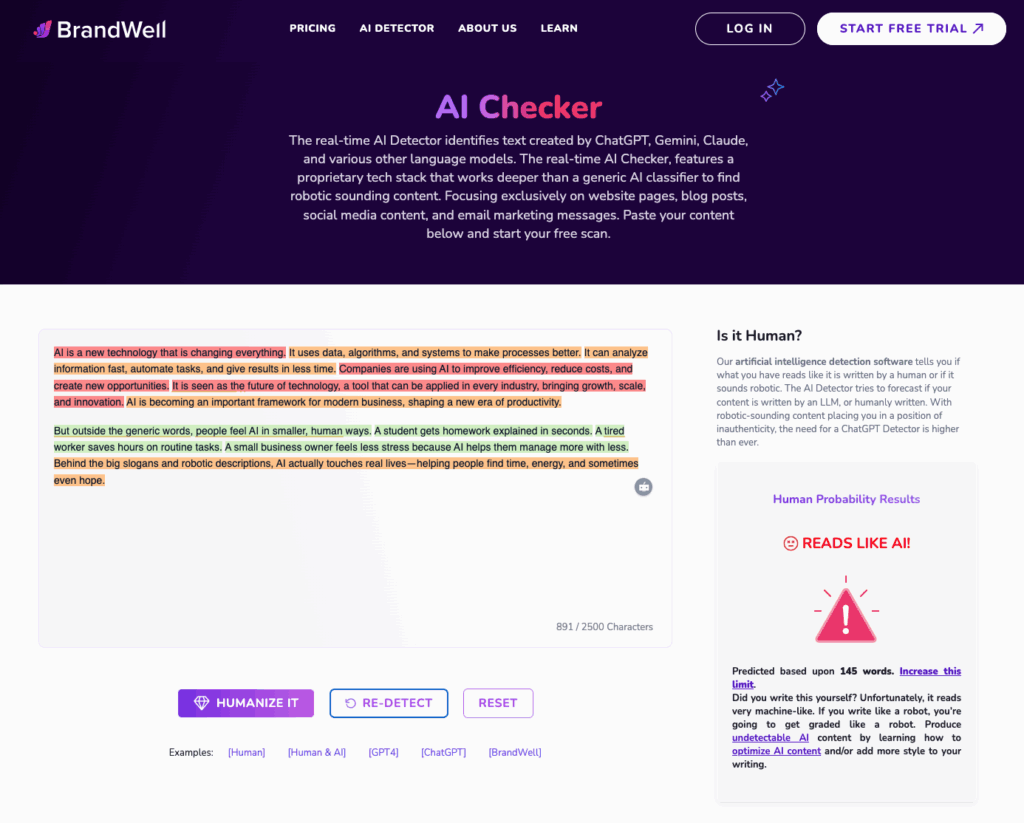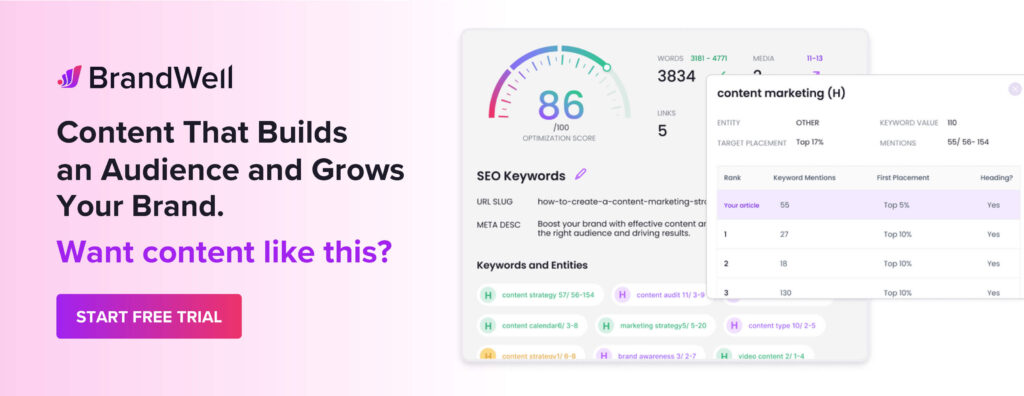Discover top guides, trends, tips and expertise from AIO Writers

Imagine nailing every assignment with ease, tapping into a well of words that never runs dry. ChatGPT might seem like the perfect sidekick for your academic adventures on Canvas, but here’s the catch: Can Canvas detect ChatGPT?
This article dives deep into what Canvas can track and how it keeps an eye on student work. We’ll unpack how ChatGPT churns out text and why this matters in the academe.
We’re also tackling the big questions:
- Can Canvas detect ChatGPT?
- Can Canvas detect cheating?
- Can Canvas detect plagiarism?
- How do you prevent cheating with AI-generated content?
Plus, we discuss staying on the right side of ethics while using AI tools for schoolwork.
And if you’re wondering about safeguarding against AI misuse or where technology is headed next, we’ve got insights just for that!
Table Of Contents:
- What is Canvas?
- What is ChatGPT?
- The Use of AI in Academia
- Can Canvas Detect ChatGPT?
- How Canvas Detects Plagiarism
- How Canvas Detects AI Content
- Ethical Considerations in AI Content for Academic Work
- How to Prevent AI Misuse in Education
- The Future of AI Detection in Educational Platforms
- FAQs – Can Canvas Detect ChatGPT?
- Conclusion
What is Canvas?
Think of Canvas as your digital classroom’s Swiss Army knife.
It’s a place where assignments are posted, discussions happen, and grades take shape.
This robust learning management system (LMS) doesn’t just store information; it also tracks data like login times and assignment submissions.
But here’s the kicker: while Canvas excels at managing coursework, its ability to detect AI writing tools used for completing assignments is limited.
You won’t find it peeking over your shoulder to see if you’re thumbing through textbooks or asking ChatGPT to answer questions. Canvas focuses more on what you submit than how you get there.

What is ChatGPT?
ChatGPT is a super smart chatbot developed by Open AI.
Before it even starts chatting with you, this large language model goes through this massive digital library of text from all over the internet to get good at understanding language and how people use it in different situations.
Now, instead of reading one word after another (yawn), ChatGPT looks at whole sentences and figures out which words are more important based on the context.
After its initial learning spree, Open AI keeps teaching ChatGPT right from wrong so when we chat with it, its responses are not only clever but also nice and respectful.
When you write a prompt, ChatGPT breaks down your words while remembering bits of your previous chats within that session. Then it makes educated guesses by piecing together its response bit by bit until you’ve got yourself a complete answer.
It might sound all robotic — and yeah, under the hood there’s lots of math and coding going on — but thanks to these smarts plus constant feedback, ChatGPT can converse in ways that feel pretty human-like.
The Use of AI in Academia
Artificial Intelligence has become a game-changer in academia, paving the way for innovative applications. Its capabilities have been harnessed to analyze complex data sets, automate tasks, and process vast amounts of data to make predictions and find patterns.
In academic research, AI is used to speed up scientific discoveries by providing researchers with a virtual environment where they can test their hypotheses — an opportunity that wasn’t available until now.
Moreover, teachers are utilizing AI’s potential for personalized learning. With its ability to tailor content according to individual student needs and pace, it breaks down complicated concepts into easily understandable formats. The use of AI chatbots allows students to ask questions and get clarification on assignments instantly.
Despite these advantages, the integration of AI within academia comes with its own set of challenges. One area that has drawn significant attention is the rise of AI writing tools.
These apps mimic human writing styles by analyzing language patterns, which initially helped improve sentence flow and grammar checking.
The evolution of these tools, however, raised concerns when they started producing full essays, poetry pieces, stories, or even detailed technical reports with minimal human intervention required. Their sophistication poses ethical dilemmas around originality and authorship within academic circles – concerns that need addressing as we continue integrating this powerful tool further into our educational systems.
Can Canvas Detect ChatGPT?
The short answer is no. Canvas itself cannot discern whether content has been written by a human or AI.
Canvas focuses on providing tools for coursework management and delivery rather than policing content origin.
While some ChatGPT plugins claim to have this ability, none can guarantee absolute accuracy with zero false positives. These plugins aim to offer detection “to a reasonable degree” but even one misjudgment could unfairly impact a student’s academic record.
Interestingly enough, humans seem better equipped than these digital tools to identify AI-generated content. Instructors could easily spot AI-written content due to its lack of original research or personal insight.
A human evaluator may also take into account past performance and writing style, turnaround time on assignments, and relative difficulty compared to peers’ work.
If someone uses an AI tool like ChatGPT within Canvas, discrepancies between their previous submissions and the new ones become apparent fairly quickly. It stands out from the crowd due to its unique language patterns or speed of completion which do not align with normal human behavior or capabilities.
A Word of Caution
To all students considering leveraging advanced technologies like ChatGPT for coursework on platforms such as Canvas: think twice! Not only does it go against academic integrity principles but also remember that your teachers likely know you better than any algorithm does!
To make sure schoolwork passes muster, students should aim to provide personal experiences, opinions, and unique insights into assignments. This helps sidestep any issues with authenticity — something no algorithm can fully judge yet.
How Canvas Detects Plagiarism
While Canvas does not have a built-in plagiarism detection tool, it integrates with third-party tools such as Turnitin for this purpose.
These external services are designed to work seamlessly within the Canvas environment, providing educators and students alike with an easy-to-use platform for checking assignments against potential plagiarism. When a student submits an assignment through Canvas that is set up for plagiarism checks, the document automatically gets sent over to the integrated service.
Third-party plagiarism checkers then scan the submitted content against its extensive databases which can include websites, academic essays, and subject-specific resources. It uses complex algorithms beyond simple text matching to identify similarities between the student’s submission and existing material in these databases.
A report is generated highlighting any suspicious passages or sentences along with their corresponding sources from where they might have been copied. The percentage of similarity with other texts is also included in this report.
But remember, these findings do not conclusively prove plagiarism. That determination ultimately lies with your instructor.
How Canvas Detects AI Content
While Canvas doesn’t have a built-in mechanism to detect AI-generated text, there are other tools available that can help remove AI from text.
BrandWell offers an AI detection tool designed to help identify text that may have been generated by systems like ChatGPT, GPT-4, Bard, Claude, and Gemini.

To use the BrandWell AI Detector, simply paste your text into the provided field. The analysis runs quickly and highlights areas that may read as AI-generated.
With such tools at your disposal today, it’s easier than ever before to ensure original work while also staying vigilant against any potential infiltration by AI-generated content.
Ethical Considerations in AI Content for Academic Work
When we talk about using tools like ChatGPT in the classroom, we’re digging into some serious ethical ground.
Imagine you’re standing at a crossroads; one path leads to innovation and ease, while the other heads toward integrity and authenticity. That’s what educators grapple with today.
The question isn’t just about whether AI can help students learn better. It’s also about how it fits within the honor codes of academic institutions.
You wouldn’t want your work signed by someone else, right? So why let an AI take credit?
As a student or educator, leaning on AI might be tempting but remember that genuine understanding comes from real human experience.
Sure, these advanced tools can supplement learning and help clarify concepts, but they should never replace a student’s voice and hard-earned knowledge.
How to Prevent AI Misuse in Education
Educators need a game plan to tackle AI misuse head-on.
Tightening assignment design is key; it’s about crafting tasks that require critical thinking and personal insight, something AI can’t mimic perfectly.
We’re talking interactive projects, open-ended questions, and peer reviews — strategies that push for genuine understanding rather than regurgitation of information.
Making the most of Canvas’s quiz settings helps too. Set time limits, randomize question order, or pull from a large question bank to keep things unpredictable.
Encourage honor codes as well; they remind students that integrity matters beyond the classroom walls. They might just think twice before letting an algorithm do their heavy lifting.
The Future of AI Detection in Educational Platforms
As we navigate the digital learning landscape, Canvas is on its toes to stay ahead of savvy tech trends like ChatGPT.
Sure, right now there isn’t a foolproof way for Canvas to tell if an essay sprang from a student’s mind or clever algorithms.
But change is brewing; developers are working hard behind the scenes crafting new tools that might soon sniff out AI-crafted text in learning platforms.
We’re talking sophisticated detection systems baked into learning management systems with the finesse to distinguish between human and bot-written work.
Educational integrity hangs in the balance as these platforms evolve, blending advanced machine-learning techniques with linguistic analysis capabilities.
So, students need to be extra careful. If they let AI handle their homework, it might soon become tricky to tell if the work is theirs or a machine’s.
FAQs – Can Canvas Detect ChatGPT?
Can Canvas tell if you used ChatGPT?
Canvas itself doesn’t sniff out ChatGPT use. It’s more about the savvy of your teacher spotting non-student-like writing.
Can Canvas detect AI writing?
No, Canvas lacks a built-in radar for AI-crafted text. But third-party tools like BrandWell might tip off teachers to robotic-sounding phrases.
Can ChatGPT be detected?
Detecting ChatGPT isn’t foolproof but possible with software analyzing writing style and consistency against known benchmarks.
How can teachers know if you use ChatGPT?
Tutors get wise by comparing your past work with current submissions or using detection tools to flag too-perfect prose.
Conclusion
So, can Canvas detect ChatGPT?
Not directly.
But this doesn’t mean you’re in the clear to use AI unchecked. We’ve learned that while Canvas doesn’t have a built-in AI detector, you can run AI text through an AI detection tool like BrandWell for an additional layer of review.
Remember, playing fair with tech is key. Using ChatGPT might be tempting but sticking to your smarts pays off more.
Prevention strategies are out there and they’re evolving. Teachers are getting savvy — they know their stuff and how to spot a digital helper’s handiwork.
The takeaway? Be smart about using smart tools. It’s on you to keep your work legit and make sure what you turn in reflects who you are as a student.

UNLOCK YOUR POTENTIAL
Long Headline that highlights Value Proposition of Lead Magnet
Grab a front row seat to our video masterclasses, interviews, case studies, tutorials, and guides.



